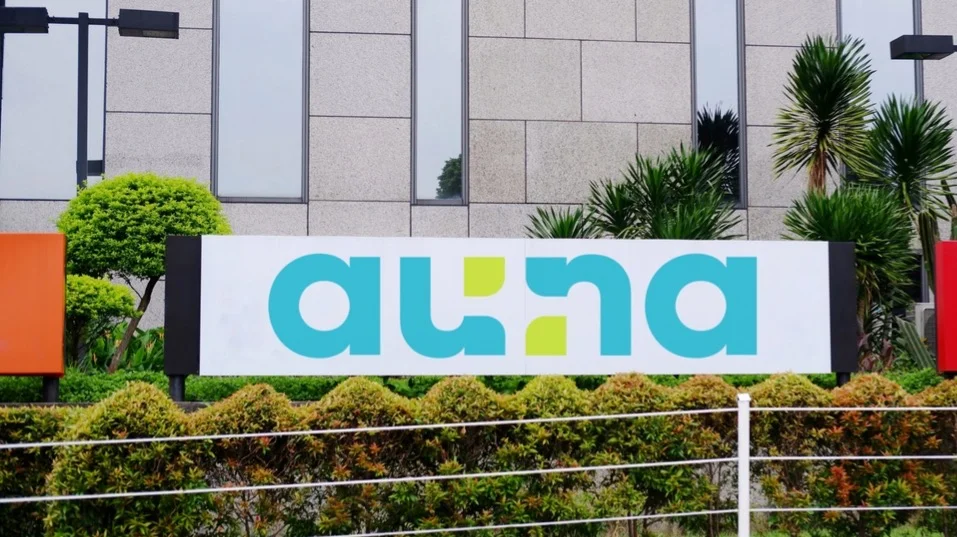
Latin America is seeing growing demand for private healthcare services amid chronic undercapacity in the public system. While in OECD countries (comprising over 35 developed economies, like the U.S., Canada and Germany) public and mandatory insurance schemes cover 74% of total health expenditure, in Latin America the figure stands at just 57%. The remaining burden falls on private insurance and out-of-pocket payments, supporting the expansion of private medical providers and insurers. At the same time, several countries in the region face shortages of physicians and medical services, a further driver of growth for private clinics.
Auna is among the largest private healthcare providers in Spanish-speaking Latin America. The company operates 31 clinics across Peru, Mexico, and Colombia, and provides medical insurance to more than one million customers through its own insurance unit, Oncosalud.
Business model
Auna’s business model is built on vertical integration combining insurance operations with a network of clinics. The company supports patients across the full continuum of care, from prevention and diagnosis to treatment and rehabilitation. This integrated strategy has created an ecosystem that channels insured patients directly into Auna's own medical facilities.
In Peru, the synergy between Oncosalud and Auna’s clinics has produced consistent results. Premiums from Oncosalud policies are used within Auna’s clinics, and patients receive a uniform standard of care. This promotes customer retention and stable recurring revenues. In the first quarter, the number of Oncosalud policyholders rose 10% year over year to 1.36 million. The company maintained a healthy medical loss ratio of approximately 52-57%, supporting the profitability of the insurance portfolio.
At the operational core of Auna’s business is AunaWay, the company’s proprietary system of clinical, preventive, and quality standards implemented across its network. Developed in Peru, AunaWay is being gradually rolled out in Mexico and Colombia.
AunaWay entails best-practice medical protocols, digitalization, and a patient-centered approach. In theory, this improves efficiency and standardizes outcomes; in practice, making the transition can be challenging. In Mexico, for example, Auna sought to optimize procurement by reducing intermediaries. However, many physicians had financial ties to legacy suppliers. The upshot was fewer patient referrals to hospitals and declining occupancy rates, prompting Auna to phase in the new procurement model.
Financial performance
Auna delivered a mixed first-quarter financial performance. The business in Peru continued to grow, Colombia stabilized, and Mexico underperformed, dragging down group results. Consolidated revenue declined 3% year over year to PEN1.04 billion (approximately $285 million), falling short of analyst expectations for a slight increase. In local-currency terms, revenue rose around 4%, but depreciation in the Colombian and Mexican pesos weighed heavily on the nominal figures. Consolidated EBITDA fell 8% year over year. Net income turned positive, reaching PEN38 million ($10.4 million), compared to a loss in the same period last year. While below the consensus estimate, it marked the company’s fourth consecutive quarter of profitability.
The management described the first quarter as one of unmet expectations. Investors were similarly wary, especially in light of Auna’s prior guidance of 20% EBITDA growth for 2025 in local-currency terms.
Peru remains Auna’s growth engine, with combined revenue from its clinical and insurance operations rising approximately 9-10% year over year. The Oncosalud division alone recorded a 10% increase in insured clients.
Revenue at Auna's Mexican hospitals was down 21%. The decline was primarily due to lower patient numbers, with average hospital occupancy falling to 39.8% from 40.6% a year earlier. This is a worrying sign, given that growth in Mexican hospital utilization has been considered a key growth driver for Auna. The company attributes the decline to a combination of factors: macroeconomic weakness, high prices for services, seasonal softness at the beginning of the year, and physician engagement problems amid the procurement changes.
The Mexican economy has indeed come under strain. Uncertainty around U.S. tariffs and employment has prompted businesses and consumers to cut back on discretionary spending, including private medical care. Still, the Mexican business maintained a solid EBITDA margin of 33%, unchanged from the previous year, which suggests tight cost control and successful cost-cutting. The management acknowledged, however, that the growth momentum in this key market has been throttled.
In Colombia, revenue was slightly lower in nominal terms, but after adjusting for currency depreciation, it was up 5%.
Auna ended the quarter with a net debt-to-EBITDA ratio of 3.6, unchanged from the previous quarter. The company reaffirmed its medium-term target of reducing the ratio to 3.0.
For investors
Auna’s share price reflects investor caution, but it could be an attractive entry point. The stock has fallen 8.5% year to date.
Following the first-quarter earnings release, JPMorgan maintained its "overweight" rating on Auna, citing the attractive valuation. Morgan Stanley, meanwhile, has a target price of $12.50 per share, almost double current quotes. The bank highlights that despite weak operating results, Auna generated positive cash flow in the first quarter.
For a fast-growing healthcare provider with leading positions in its region of operation, the target price appears within reach. Technical analysis indicates the current market price of $6.20 per share may represent a support level. In April 2024, the stock rebounded sharply from this level, climbing 60% to $10 per share in just one month. It may take time for this scenario to play out, but if Auna can get back to raising patient numbers, sustain margins, and continue deleveraging, the market is likely to respond favorably.
The AI translation of this story was reviewed by a human editor.
